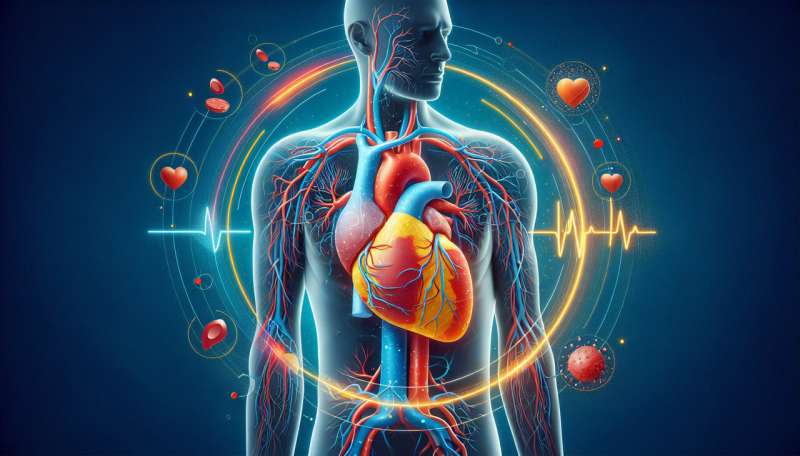Exercise-Induced Rewiring of Heart Nerves Differentiates on Left and Right Sides, Study Reveals

New research shows that regular aerobic exercise induces side-specific neural changes in the heart's control nerves, potentially guiding targeted treatments for cardiovascular conditions.
Recent research from the University of Bristol has uncovered that regular aerobic exercise not only strengthens the heart but also induces significant changes in the nerves that regulate it. This groundbreaking study demonstrates that moderate exercise reshapes the nerve clusters controlling the heart in a manner that differs between the left and right sides. Such side-specific neural modifications could pave the way for more targeted treatments for cardiovascular conditions.
Conducted over a 10-week period, the research involved training rats through moderate aerobic activity, leading to notable neuroplastic changes. Advanced 3D imaging was used to analyze the nerves, revealing that neurons on the right side of the heart's nerve cluster increased approximately fourfold compared to untrained rats, while those on the left side nearly doubled in size. Conversely, the neurons on the left side grew larger, whereas those on the right experienced slight shrinkage.
This asymmetric neural remodeling is significant because it may explain why certain heart treatments are more effective when targeted to specific sides of the nervous system. For conditions such as arrhythmias, stress-induced 'broken-heart' syndrome, angina, and other chest pains, understanding these differences could enhance the precision of therapies like nerve blocks or denervation.
Dr. Augusto Coppi, the study's lead author, emphasized that these discoveries reveal a hidden pattern in the body's autonomous regulation of the heart. Side-specific nerve clusters function like dimmer switches, modulating heart activity in different ways depending on the side affected. The findings propose that by mapping these neural changes, future treatments could be more personalized and effective.
The collaborative study, involving institutions from the UK and Brazil, utilized sophisticated stereology techniques to quantify nerve changes. The results suggest that exercise-induced neural adaptations could serve as a foundation for new approaches to managing cardiac disorders. Future research aims to determine how these structural differences correlate with actual heart function during rest and physical activity and whether similar patterns are present in humans and larger animals.
Overall, this research highlights the potential for tailored interventions that target side-specific neural pathways, offering promising prospects for improving cardiovascular health outcomes.
Source: https://medicalxpress.com/news/2025-09-regular-rewires-heart-nerves-differently.html
Stay Updated with Mia's Feed
Get the latest health & wellness insights delivered straight to your inbox.
Related Articles
FDA-Approved FGFR Inhibitors Offer Hope for Treating Rare Pediatric Brain Tumors
New research demonstrates the potential of FDA-approved FGFR inhibitors to target and treat aggressive childhood brain tumors like ETMR, offering hope for improved therapies for young patients.
Revolutionizing Cancer Treatment with Optical Fiber Technology
Optical fiber technology is revolutionizing cancer treatment by enabling real-time monitoring and precise delivery of radiation therapy, improving outcomes and reducing side effects. Discover how these tiny fibers are transforming oncology care.
Teeth Loss in Adolescents Linked to Increased Bullying Risk, New Study Finds
A new study shows that teenagers who lose teeth due to decay or injury are nearly twice as likely to experience bullying, highlighting the importance of oral health in adolescent well-being.
Innovative AI Framework Predicts Viral Evolutionary Fitness of SARS-CoV-2 Variants
A new AI-driven framework from the University of Tokyo accurately predicts the fitness and evolutionary potential of SARS-CoV-2 variants, enhancing pandemic surveillance and response.



